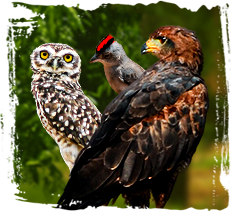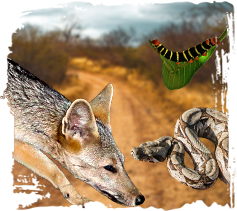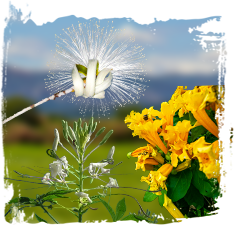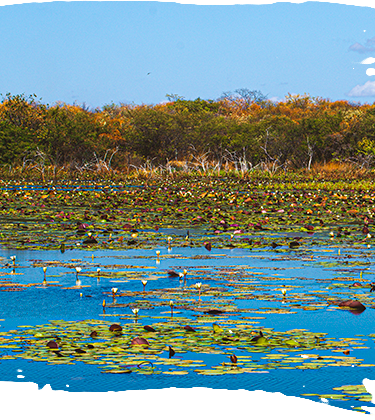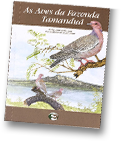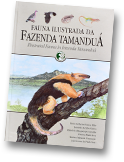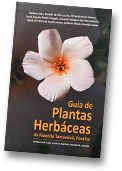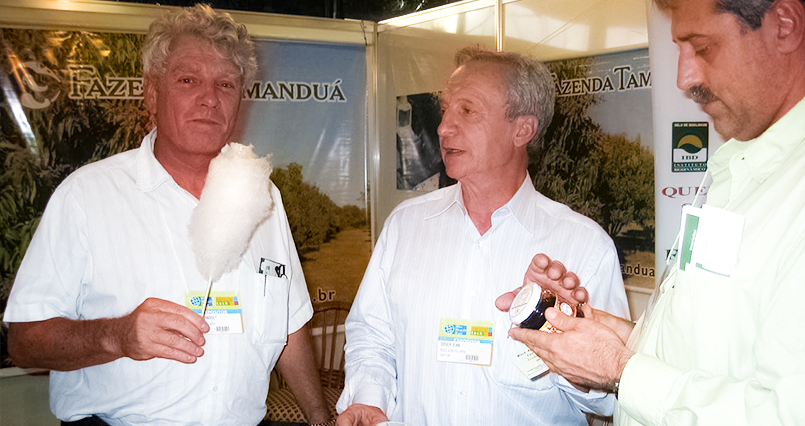A truly sustainable practice within our agricultural organization. Nature comes first.
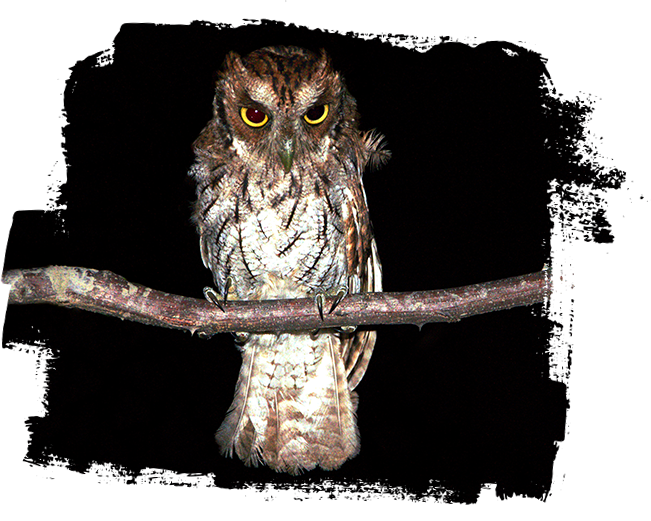
The Birds
The Private Natural Heritage Reserve of the Tamanduá Farm is a valuable contribution to the conservation of the Caatinga’s biodiversity, sheltering and protecting a wide variety of species, which includes endemic and endangered species. This fact categorized the Tamanduá Farm and its PNHR as an important area for birds, the result of the IBA (Important Birds Areas) Workshop, held in São Paulo in 2004 (Lyra-Neves – Personal observation).
This diversity, combined with the scenic beauty of the region, has an important potential for economic activities in ecotourism, such as, for example, watching wild birds in their natural habitat, which, in addition to generating resources for the region, is a tool for environmental education.
Also, the owners are willing to contribute with environmental agencies, supporting projects for the recovery of animals rescued from bird trafficking, through the monitored release of these selected specimens, which is yet another effective action towards conservationist goals.

At the Tamanduá Farm, during the inventory, 197 species of birds were registered, distributed in 51 families, of which 21 are considered endemic to Brazil. They are the following: the East Brazilian chachalaca (Ortalis araucuan)the Band-tailed hornero (Furnarius figulus), , the Red-shouldered spinetail (Synallaxis hellmayri), the Grey-headed spinetail (Cranioleuca semicinerea), the Caatinga cacholote (Pseudoseisura cristata), the Ash-throated casiornis (Casiornis fuscus),the White-naped jay (Cyanocorax cyanopogon),the Long-billed wren (Cantorchilus longirostris), the Scarlet-throated tanager (Compsothraupis loricata), the Broad-tipped hermit (Anopetia gounellei),the Stripe-breasted starthroat (Heliomaster squamosus), the Caatinga puffbird (Nystalus maculatus), o Periquito-dacaatinga , o (Eupsittula cactorum)the Pygmy nightjar (Hydropsalis hirundinacea), the Spotted piculet (Picumnus pygmaeus), the Tawny piculet (Picumnus fulvescens), the Caatinga antshrike (Thamnophilus capistratus)the White-throated seedeater (Sporophila albogularis), the Red-cowled cardinal (Paroaria dominicana), the Campo troupial (Icterus jamacaii)and the Pale baywing (Agelaioides fringillarius).
Among the species described above, some stand out for being listed as endemic to the Caatinga, for example, the Red-shouldered spinetail (Synallaxis hellmayri) , the Broad-tipped hermit (Anopetia gounellei), the Caatinga parakeet (Eupsittula cactorum)the Tawny piculet (Picumnus fulvescens)). Three species of migratory birds from the United States and Canada have been recorded: the Spotted sandpiper (Actitis macularius), the Solitary sandpiper (Tringa solitária) and the Peregrine falcon (Falco peregrinus).
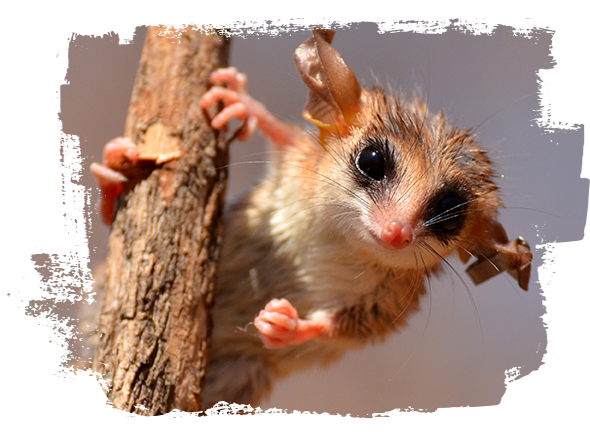
Illustrated Fauna
As for the preservation of fauna, our first measure was to ban hunting and to enforce this ban, as best as we can. It is more difficult to raise awareness than to ban, so, unfortunately, we still sometimes find small traps for catching birds. We have established the largest Private Natural Heritage Reserve in the sertão of Paraíba, with more than 350 hectares.
In an attempt to undo part of the damage, with the support and guidance of the Brazilian Institute of Environment and Renewable Natural Resources (IBAMA), we worked to raise and reintroduce the Rock cavy (Kerodon rupestres), a native species that was extinct due to hunting activities. This made it possible to re-establish an important element of the carnivore’s food chain. Curious to verify the result of our effort, we then invited the Instituto Pró-Carnívoros, partners of the Instituto Chico Mendes, to carry out a survey of these animals. This simple fact transformed the Farm into a haven, a sanctuary, where mammals that until recently were considered almost extinct could breed, such as the Bay cat, the Margay, the Hoary fox, and the Crab-eating raccoon.

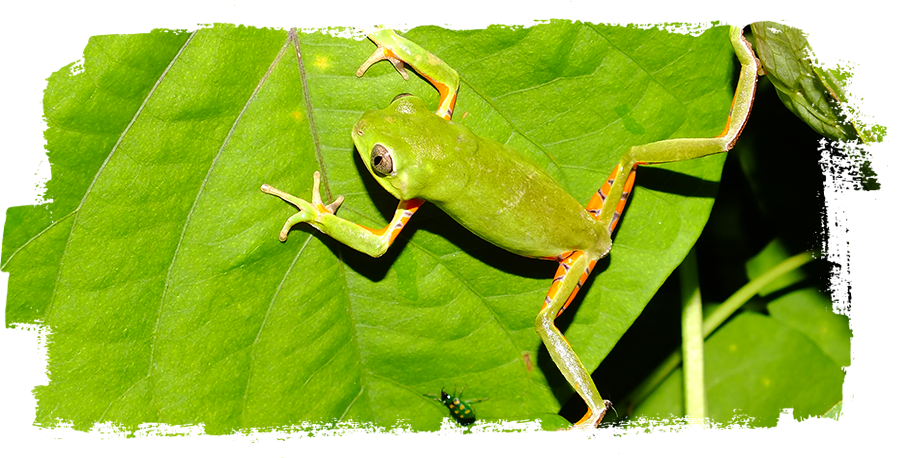
Thanks to base studies, it is now known that the Caatinga has a considerable diversity of terrestrial vertebrate species, close to what is already known for the Cerrado biome, and some are endemic (exclusive to that biome). Among them, many were registered for the first time for the Caatinga, and others were previously unknown to science, including species of amphibians, reptiles, birds and mammals. This knowledge of the biome serves two basic purposes: as a science basis for future studies and applied research, and as part of the process of education and environmental awareness in communities.
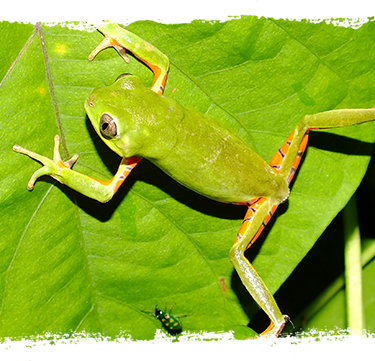
Amphibians:
At the Tamanduá Farm, 23 species have been recorded to date, representing just under 50% of the anuran biodiversity known in Caatinga areas. This diversity is slightly higher than that found in other samplings carried out in similar areas and may be related to the state of conservation or the heterogeneity of habitats on the Farm. In view of the intense weather conditions and the difficulty of developing long-term research in Caatinga areas, studies that investigate ecological aspects of amphibian fauna in these environments are not common, which underscores the importance of the results presented here.
Répteis:
The study at the Tamanduá Farm registered 18 snakes, 14 lizards, 04 turtles and 02 amphisbaenians, totaling 38 species, which represent approximately 22% of the Caatinga reptile fauna. This representation is due to the Tamanduá Farm having conservation areas, including an integral protection area – the Private Natural Heritage Reserve (PNHR). The area also has heterogeneous physical characteristics, which generate a wide variety of habitats, housing a great diversity of species. This work underscores the importance of studies in small fragments of the biome, collaborating with knowledge about the distribution of species in the Caatinga.
Mammals:
A total of 19 species were identified – about 25% of the diversity of terrestrial mammals in the Caatinga –, including the endemic species K. rupestris and W. pyrrhorhinos. Some of these species, mainly rodents and marsupials, are restricted to forested areas, such as the forested caatinga on the slope of the Serra Tamanduá and the Private Natural Heritage Reserve (PNHR), part of the land of the Tamanduá Farm. This reserve has been found to be the main habitat of the Brown Brocket (Mazama gouazoubira) and a rare species of marsupial (Cryptonanus agricolai). Knowing the mammals that live in the Tamanduá Farm area reinforces the importance of protecting their habitats, for the conservation of these animals and future studies.
Bats:
Of the Brazilian bat species, 77 were recorded in the Caatinga biome. Of these, we registered 27 at the Tamanduá Farm, which corresponds to approximately 37% of bat species registered for the Caatinga biome. This underscores the ecological importance of the area, given the high concentration of species, housing a great diversity of the bat fauna of this biome.
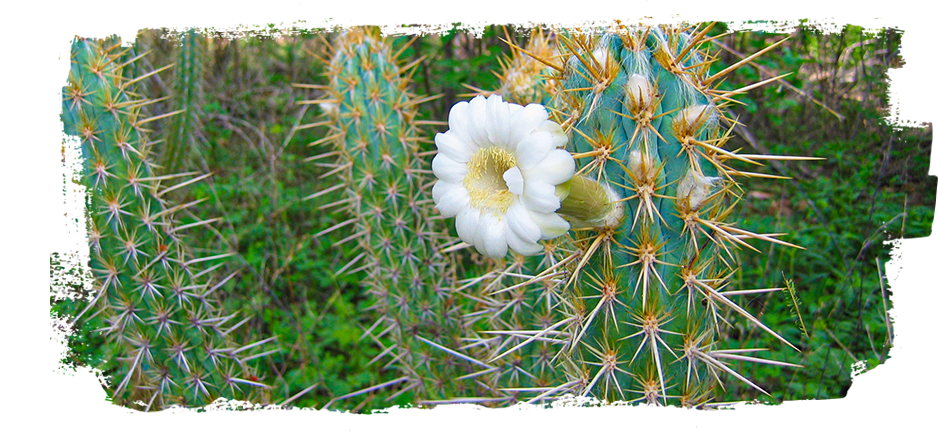
Plant Guide
Seventy-one species of herbaceous plants were registered at the Tamanduá Farm. The predominant vegetation is dense shrub-tree caatinga, in good condition. The vegetation is mainly composed of deciduous and thorny species, with the occurrence of annual cacti and herbaceous plants that develop during the rainy season. The herbaceous species are non-woody stem plants, without secondary growth, which can be annual or perennial. They can reach varied sizes, from a few centimeters to about 2 meters in height. They can be upright, prostrate, decumbent or creeping; terrestrial or aquatic.
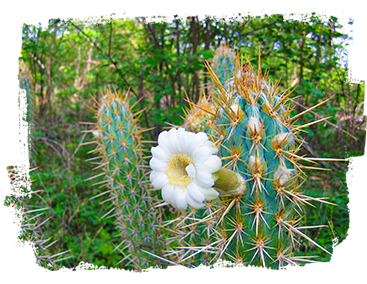
Plants can act as facilitators of ecological processes needed to maintain local biodiversity. Herbaceous plants help to maintain soil moisture, retain seeds of other species in their roots, which are usually superficial, and provide shade for species that cannot germinate in direct sunlight, and can be present in high diversity in semiarid regions. Many have diverse economic uses and, as a group, make up most of the native pastures.



